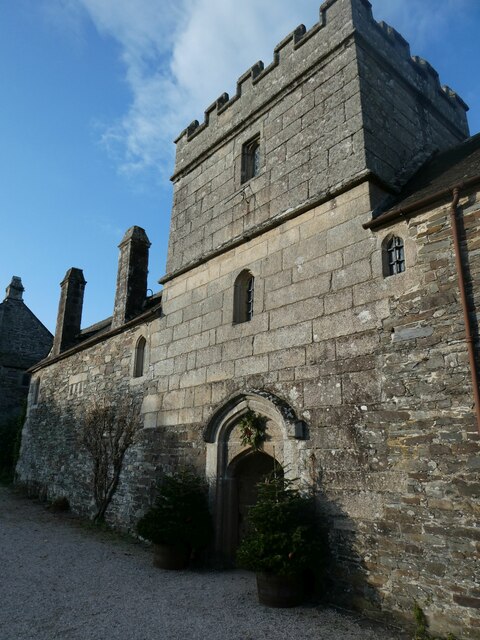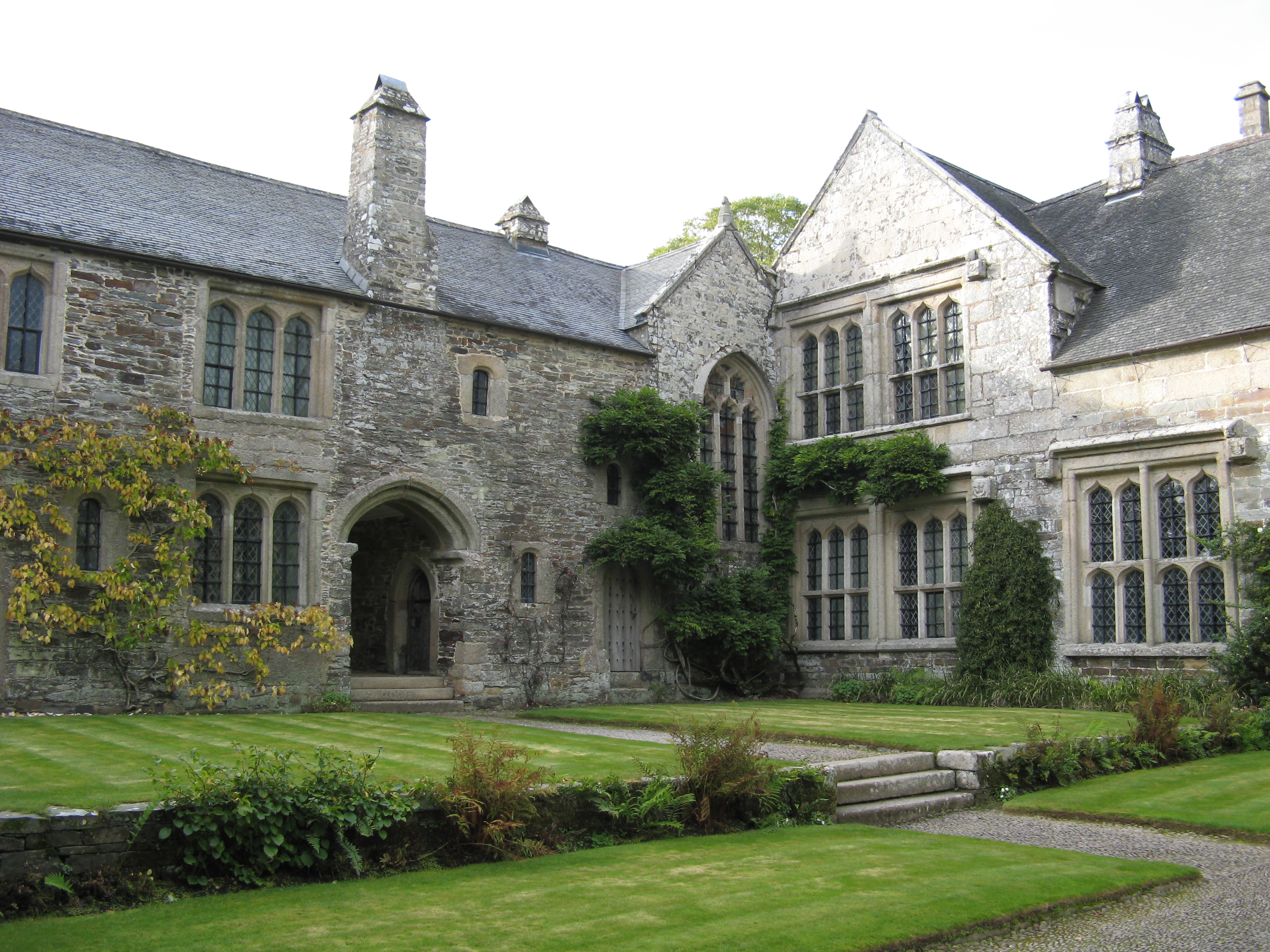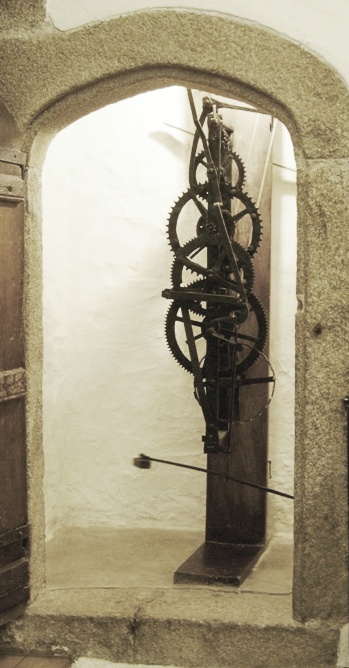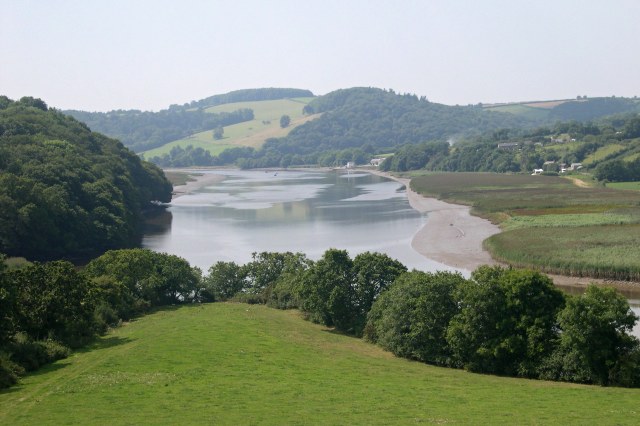Bohetherick Wood
Wood, Forest in Cornwall
England
Bohetherick Wood

Bohetherick Wood is a captivating forest located in Cornwall, England. Spread over an area of approximately 100 acres, this woodland is a haven for nature lovers and adventure enthusiasts alike. Situated on the outskirts of the picturesque village of St Dominick, it offers a serene and tranquil retreat from the hustle and bustle of city life.
The wood boasts an enchanting mix of both native and exotic trees, including oak, beech, ash, and birch. These towering giants create a dense canopy that filters sunlight, creating a dappled effect on the forest floor. The undergrowth is abundant with ferns, mosses, and wildflowers, adding to the magical ambiance of the woodland.
A network of well-maintained footpaths and trails wind their way through Bohetherick Wood, allowing visitors to explore its natural wonders at their own pace. The paths meander through ancient groves, past babbling brooks, and up gentle inclines that offer panoramic views of the surrounding countryside.
The woodland is home to a diverse range of wildlife, making it a popular spot for birdwatchers and nature photographers. Visitors may catch a glimpse of red foxes, badgers, and even elusive deer if they are lucky. The canopy is also alive with the songs of various bird species, including woodpeckers, owls, and warblers.
Bohetherick Wood is a cherished gem in the Cornish countryside, and its untouched beauty attracts visitors throughout the year. Whether it is for a leisurely stroll, a family picnic, or simply to immerse oneself in the wonders of nature, this forest provides a serene and captivating experience for all who venture into its depths.
If you have any feedback on the listing, please let us know in the comments section below.
Bohetherick Wood Images
Images are sourced within 2km of 50.488937/-4.2259294 or Grid Reference SX4267. Thanks to Geograph Open Source API. All images are credited.






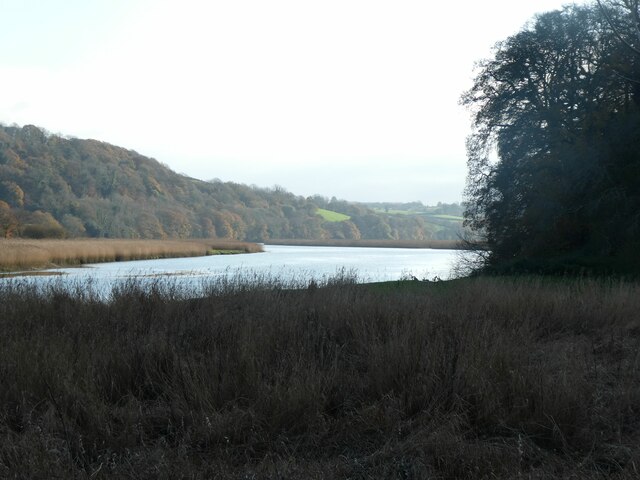


Bohetherick Wood is located at Grid Ref: SX4267 (Lat: 50.488937, Lng: -4.2259294)
Unitary Authority: Cornwall
Police Authority: Devon and Cornwall
What 3 Words
///merge.cheek.introduce. Near Bere Alston, Devon
Nearby Locations
Related Wikis
Bohetherick
Bohetherick (Cornish: Boshydrek) is a village in the Tamar valley in east Cornwall, England, in the United Kingdom, approximately five miles (8 km) north...
Cotehele
Cotehele (Cornish: Kosheyl) is a medieval house with Tudor additions, situated in the parish of Calstock in the east of Cornwall, England, and now belonging...
Cotehele clock
The Cotehele clock is situated at Cotehele House, Calstock, Cornwall. It is the earliest turret clock in the United Kingdom still working in an unaltered...
Tamar Valley AONB
Tamar Valley Area of Outstanding Natural Beauty or Tamar Valley AONB is a legally designated Area of Outstanding Natural Beauty in Devon and Cornwall in...
Nearby Amenities
Located within 500m of 50.488937,-4.2259294Have you been to Bohetherick Wood?
Leave your review of Bohetherick Wood below (or comments, questions and feedback).







